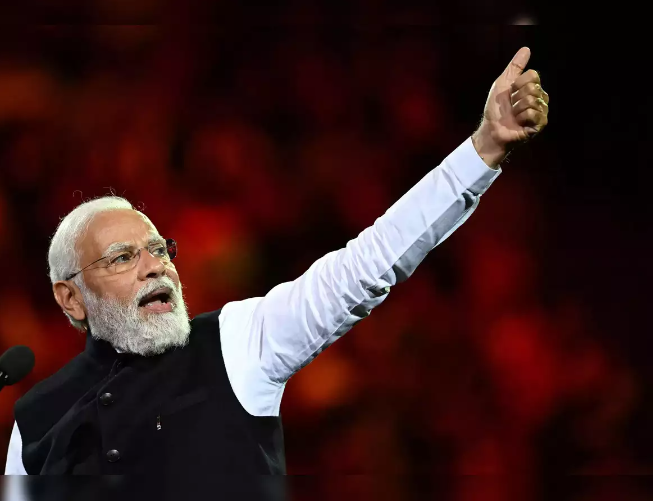Virendra Pandit
New Delhi: Already the fifth-largest and poised to be the third-largest economy in a decade, India is also set to emerge as the topmost economy on the planet by the end of this century, according to the Centre for Economics and Business Research (CEBR), a London-based economic consultancy specializing in economic forecasts and analyses.
“India is expected to overtake both China and the US after the year 2080, based on demographic estimates and projections,” it said.
In December 2022, CEBR predicted India to become a USD 10 trillion economy by 2037.
The South Asian country would become the largest economic superpower by the end of the century, with its Gross Domestic Product (GDP) projected to be 90 percent larger than China’s and 30 percent larger than that of the United States, CEBR said in its latest World Economic League Table report, the media reported on Wednesday.
The WELT report forecasts that India will sustain robust growth, averaging 6.5 percent from 2024 to 2028, surpassing Japan and Germany as the world’s third-largest economy by 2032.
The key drivers of India’s growth include its large and youthful population, a burgeoning middle class, a dynamic entrepreneurial sector, and increasing global economic integration. However, the country should address challenges like poverty reduction, inequality, human capital and infrastructure improvement, and environmental sustainability.
“Addressing these issues requires concerted efforts from the government, private sector, civil society, and collaboration with the international community.”
India recorded strong GDP growth of 7.2 percent in the financial year 2022-23. The CEBR forecast a slight moderation in growth to 6.4 percent for FY24, resulting in output surpassing pre-pandemic levels by 17.2 percent.
“This deceleration reflects global demand moderation and the Reserve Bank of India’s (RBI) proactive tightening of monetary policy to curb inflationary pressures.”
The CEBR projected inflation to settle at around 5.5 percent in 2023, despite robust output growth, because of food and energy price shocks.
The report underlined that public sector debt poses a long-term growth constraint, with government debt as a percentage of GDP expected to reach 81.9 percent in 2023, surpassing the 81 percent recorded in 2022.
The CEBR report noted that government borrowing is estimated at 8.8 percent of GDP in 2023, reflecting an expansionary stance with increased spending on infrastructure, healthcare, and social welfare.
The report also underscored the importance of 2024 for India, with general elections expected to significantly influence the country’s political trajectory for the next five years. “The election outcomes will significantly impact India’s domestic and foreign policy, as well as its relations with neighboring countries and major global powers.”

